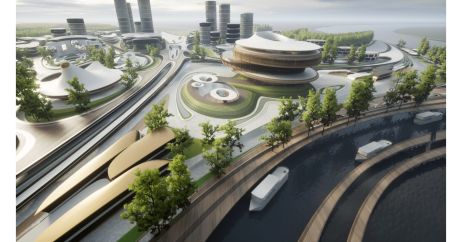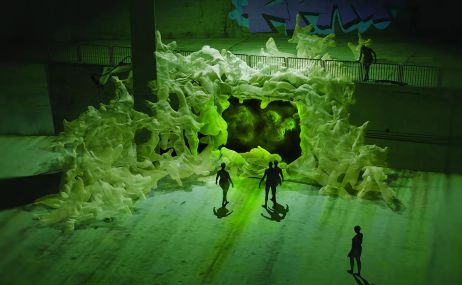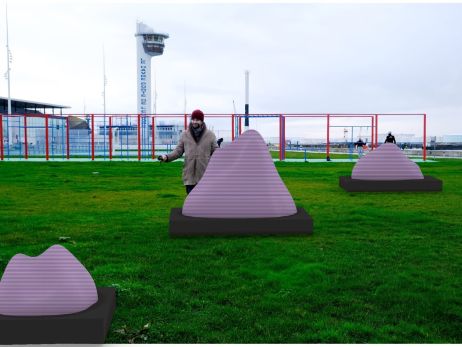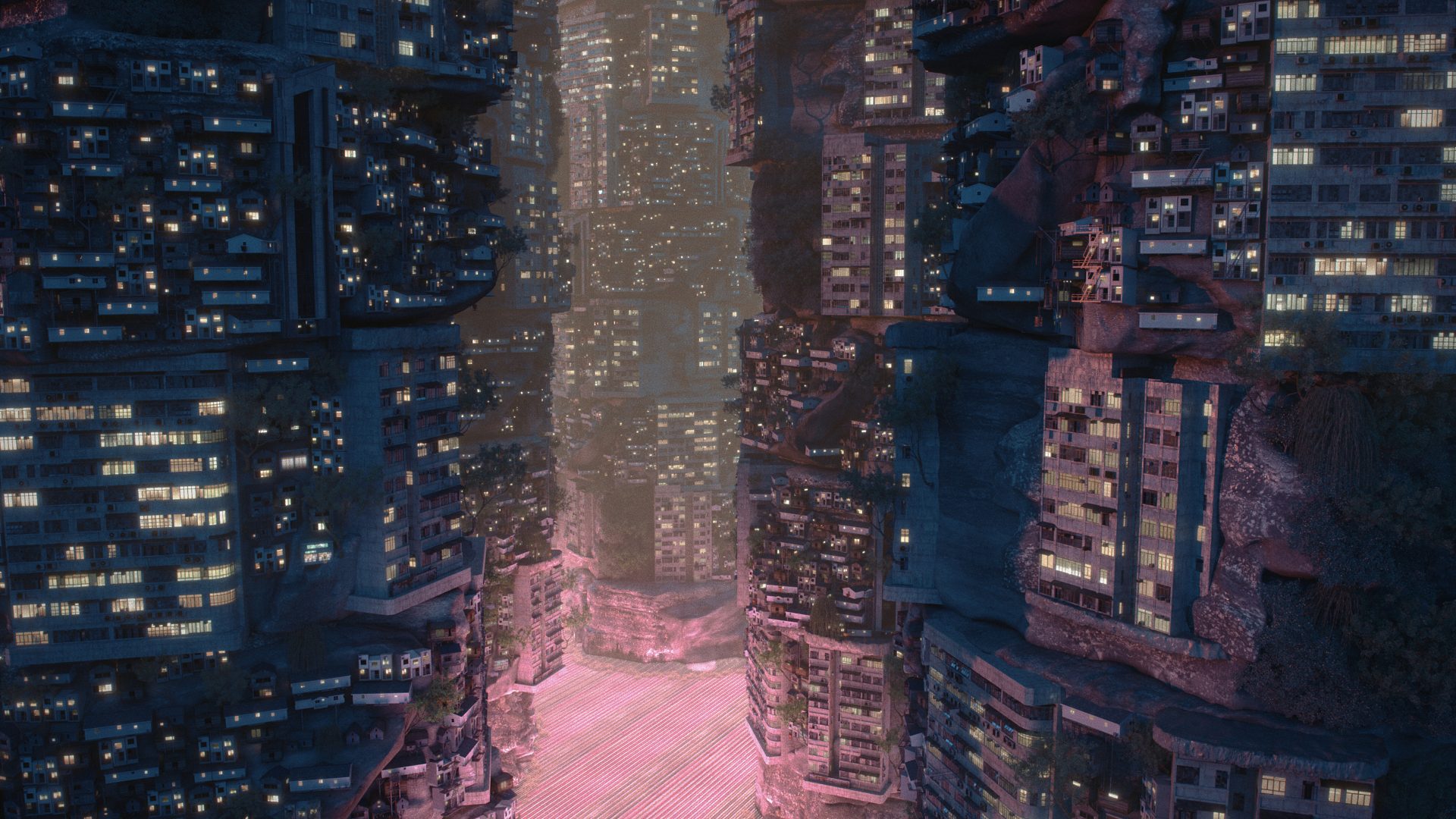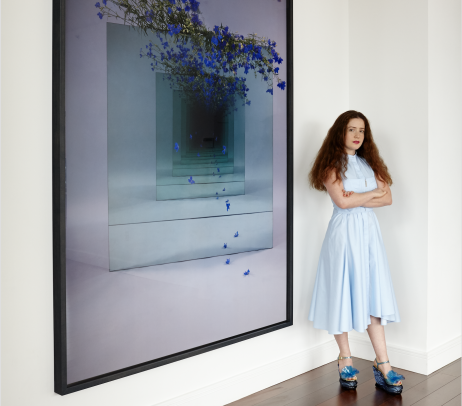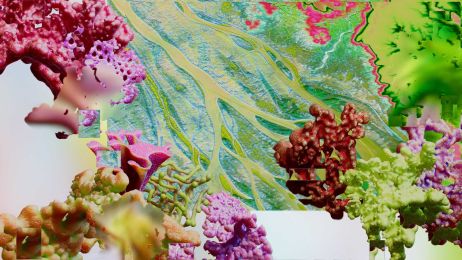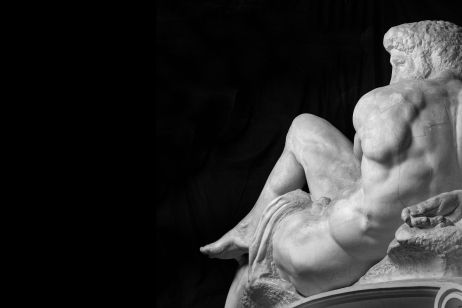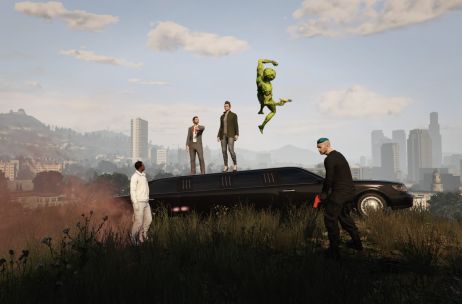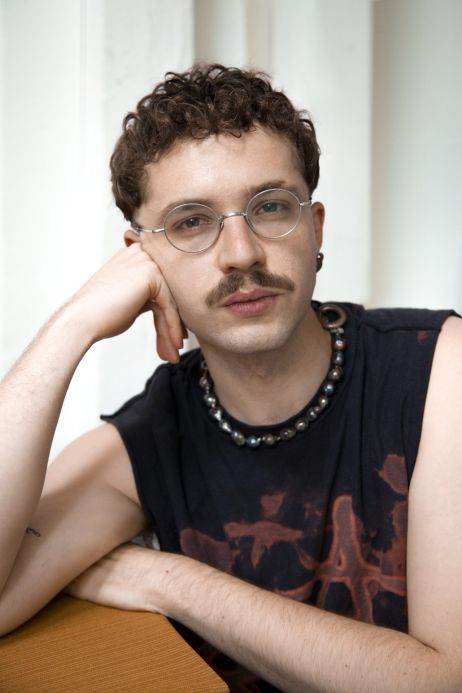In an era in which accelerating urbanization and ecological challenges are colliding, the artist, architect and filmmaker Liam Young has dreamed up a positive model for a futuristic city. On display at the center of the Planet City exhibition (at the Southern California Institute of Architecture), the artwork makes connections between architecture, agriculture and technology.
“Is it possible to design a socially and ecologically sustainable city for seven billion people? Liam Young’s Planet City is more than just a futuristic metropolis: it’s a radical concept that completely reshapes our vision of urban and sustainable space, offering food for thought on this thorny question. In this city, the world’s population is grouped together in a single, monumental agglomeration, precisely in order to free up huge swathes of land for nature and agriculture. It’s a utopian model, but it invites us to think about how we manage space and resources in a (not so distant) future with two major challenges: demographic growth and the climate crisis.
An ecological dystopia
The Vertical Farms of Planet City is one of the key elements of this project. In it, Liam Young has imagined a series of vertical farms that meet residents’ need for food while linking urban planning and ecological imperatives. Set up on gigantic towers, these agricultural structures are designed to maximize the use of space while minimizing the ecological footprint of a particularly polluting sector. By integrating food production processes into infrastructure of the city, this vision of vertical agriculture offers both an aesthetic and practical solution to our need to feed an increasingly dense and urbanized world population.
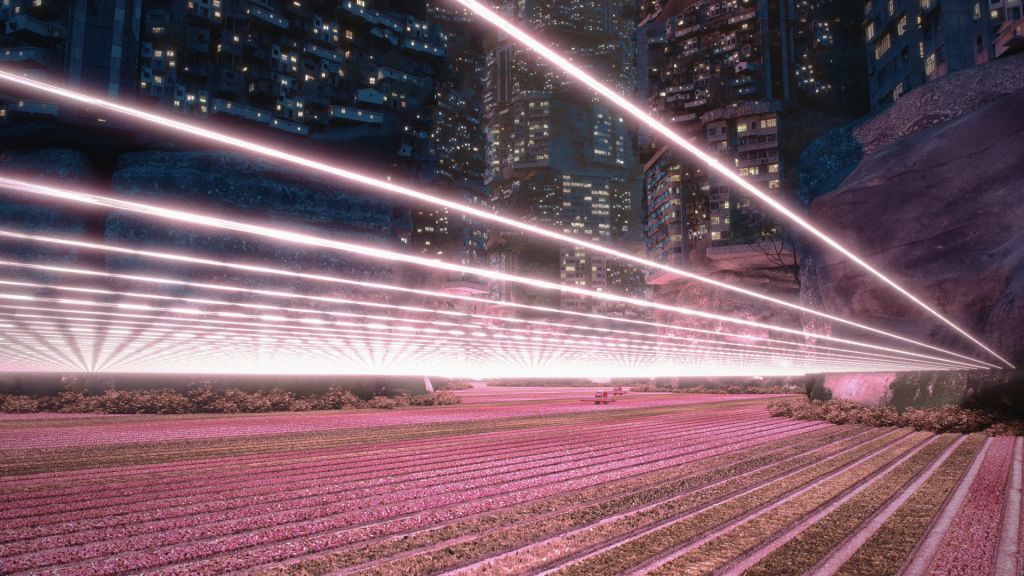
Fusing nature and technology
Planet City ‘s vertical farms are not just high-tech agricultural operations; they represent the symbiosis of nature and culture. Technological elements are coupled with green infrastructure which, beyond its utilitarian uses, contributes to regenerating the urban environment.
Liam Young uses hyper-realistic 3D renderings to bring this utopia to life. In them, agricultural towers feature not only as extraordinary architectural volumes but also as central elements in a whole new urban ecosystem. The precise visual rendering allows viewers to fully immerse themselves in this imaginary world and explore its many facets. Its tacit goal? To try to apply these new concepts to our current vision of the world.
If we had to sum up Liam Young’s approach, we’d be tempted to say the Australian seeks to project his audience into the future while questioning the present. Behind its dystopian allure, The Vertical Farms of Planet City skilfully unpicks the ties between vertical urbanism and futuristic agriculture without ever forgetting to rethink our consumption and land-use habits. Just what we need in 2025, more than ever.
